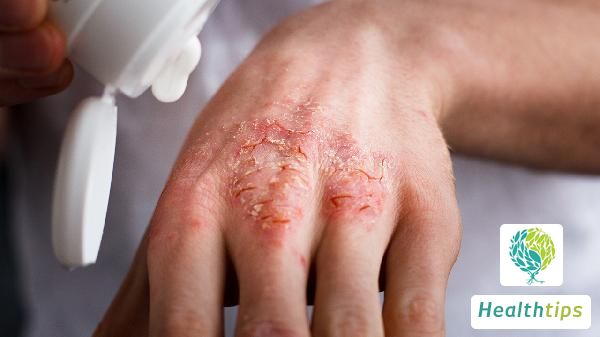"What Can Be Done for Pain Associated with Parkinsons Disease?"
Managing Pain in Parkinson's Disease
Parkinson's disease is a chronic, progressive neurological disorder characterized primarily by motor dysfunction and tremors. However, in some patients, pain can be a symptomatic manifestation. For these individuals, understanding how to manage and alleviate pain is crucial.

1. Communicate with Your Doctor
It is recommended to communicate with your Parkinson's specialist or neurologist. They can assess the severity of your pain and determine the most suitable treatment plan tailored to your condition.
2. Medication Management
Numerous medications can be used to control pain in Parkinson's patients, including antidepressants, analgesics, and topical anesthetics. It is imperative to follow your doctor's instructions precisely when taking medications and be mindful of potential side effects.
3. Physical Therapy
Physical therapy can aid in alleviating pain stemming from muscle stiffness and spasms. Techniques such as heat and cold therapy, massage, and stretching exercises can help ease discomfort.
4. Rehabilitation Programs
Rehabilitation programs aim to enhance patients' motor abilities and improve their quality of life. These may encompass balance exercises, strength training, and flexibility exercises.
5. Psychological Support
As Parkinson's disease often coexists with other physical issues and emotional distress, psychological support is equally important. Consider seeking the assistance of a psychotherapist to address any anxiety, depression, or other mental health concerns.
For pain caused by Parkinson's disease, a comprehensive treatment approach is generally the best option. Close collaboration with your doctor, adherence to their guidance, and active participation in rehabilitation programs and psychological support will contribute to pain relief and improved quality of life.



















